“Kaiseki cuisine” has a strong image of being a luxurious meal served at a restaurant. In this article, we will trace kaiseki ryori back to its origins and introduce the reasons behind its form. We will also introduce some delicious restaurants serving Kaiseki ryori so check it out below!
What is Kaiseki ryori?
Kaiseki ryori (懐石料理) or Kaiseki cuisine is a traditional multi-course cuisine in Japan. It is one of the three basic styles of Japanese cooking. Its origin is in the simple meals provided during the tea ceremony many centuries ago, but it has since grown into an elegant dining style favored among aristocratic circles. To express the tea ceremony ideology of ‘apology and loneliness’, they prepare dishes under three themes: “use seasonal ingredients”, “use the taste of ingredients”, and “treat guests”. And so, the Japanese provide rice, soup, three side dishes, and flavored vegetables.
Today, you can find kaiseki at specialized restaurants or as part of a ryokan stay (Japanese-style inn). Locals serve the dishes in a kaiseki meal in a certain order, and the majority of them are from following one of the standard Japanese culinary techniques.
Etymology
The word kaiseki (懐石) alone refers to cuisine (料理), but in order to distinguish it from tea kaiseki (茶懐石) that locals serve in the tea ceremony, they called it “kaiseki ryori or cuisine (懐石料理)” that they serve at a Japanese restaurant. In a similar manner to Western haute cuisine, the term also refers to a set of skills and procedures that allows the preparation of such dishes.
Kaiseki ryori Origin
During Heian period
Kaiseki is a Japanese cuisine with a long history dating back to the Heian era (794-1159). It is when the court began organizing ceremonial feasts. These feasts, like modern kaiseki, would feature a wide range of dishes, up to 28 in certain cases. Dried foods, fresh foods, fermented foods, and sweets are the four basic categories. Thin portions of dried fish or chicken are also part of it. They also serve fresh fish or chicken raw or cooked. The salt-fermented sea squirt, fish, or even jellyfish are examples of fermented meals. Fruits or nuts are also a dessert.
Flashy style Kaiseki did not last long
The extravagant and glamorous manner of banquets, on the other hand, did not last long. Throughout the time of samurai military rule, banquets were simpler and more modest. Buddhist monks were another influencing factor in Japanese culture that affected the creation of kaiseki cuisine. While the nobles considered vegetables to be inferior to fish and chicken as meals, Buddhist monks were mostly vegetarian. Eating an identical but simpler form of this meal known as shoujin ryori (精進料理).
Buddhist monks theory
It is worth mentioning that “kaiseki” has two distinct sets of Chinese characters, both of which locals pronounced “kaiseki” in Japanese. When written as “懐石,” the characters mean “stone in the robe” or “breast stone,” referring to how Buddhist monks were said to wear a warm stone in their robe near their stomach to stay warm during fasting and also to keep hunger at bay. Legendary tea teacher Sen no Rikyū (1522–91) popularized this form of spelling the name to identify the considerably simpler, yet highly refined meal offered to guests who participate in traditional Japanese tea ceremonies.
Kaiseki Ryori (懐石料理) vs Chakaiseki (茶懐石) vs Honzen-ryori
Kaiseki is for enjoying sake and cooking, so it starts with the Oshiki, and finally rice, soup, and pickles. Chakaiseki (tea kaiseki) is a prepared meal for enjoying tea, so the amount is light overall, and rice, soup, and soup come out first. However, there is a method called “Chidori cup” in which the owner and the customer pour sake into each other, and the “Chidori foot” where drunk people walk around comes from here.
Although the basic features of kaiseki ryori came from the more formal styles of Japanese cooking – Honzen ryori and chakaiseki ryori in kaiseki ryori diners can enjoy their meal in a relaxed mood, unrestricted by elaborate rules of etiquette.
Kaiseki ryori serves at restaurants and kaiseki cuisine has different styles
Kaiseki ryori is like dinner at a ryokan, and locals serve all meals at once. If the description on the restaurant says it is kaiseki cuisine, they will serve it one by one in a course style. Occasionally, there is a shop that sells matcha and sweets at the end of kaiseki cuisine, which is the same as Honzen-ryori.
Manner to eat Kaiseki ryori
Sake is drunk during the meal, and, because the Japanese customarily do not eat rice while drinking sake, they serve the rice at the end. Appetizers (sakizuke or otoshi), sashimi (sliced raw fish; also called tsukuri), suimono (clear soup), yakimono (grilled foods), mushimono (steamed foods), nimono (simmered foods), and aemono (dressed salad-like foods) are first to be serve, followed by miso soup, tsukemono (pickles), rice, Japanese sweets, and fruit. Tea concludes the meal. The types and order of foods served in kaiseki ryori are the basis for the contemporary full-course Japanese meal.
Starters
Aperitif (Shokuzen-shu)
You can start the meal with a small glass of alcohol. Usually, it is a sweet wine or local alcohol.
Appetizers
A selection of beautifully prepared, bite-sized appetizers starts the meal. They often serve it on a long dish known as a hassun named after its typical length of eight suns (about 24 cm).
Main Courses
Kaiseki courses are categorized by cooking method, with each dish representing one of the methods. Not all dishes are serve, however, as chefs will often include or omit dishes depending on the season and the chef’s style.
Soup (Suimono)
The soup is an integral part of a kaiseki meal. It is often a simple clear broth sparingly garnished with vegetables, tofu, or seafood.
Sashimi (Otsukuri)
Sashimi is raw fish usually served on a bed of shredded daikon (Japanese radish) and accompanied by soya sauce and a small amount of wasabi paste. Locals sometimes serve the Sashimi with the starters.
Boiled Dish (Nimono)
Nimono is a dish of boiling, simmering, or stewing vegetables and meat or seafood, often in a mixture of soya sauce, sweet cooking sake, and sugar.
Grilled Dish (Yakimono)
Yakimono dishes are usually either grilled fish or meat. Grilled fish is a local freshwater variety or seafood depending on the region. Grilled meat often features local wagyu (prime Japanese beef).
Deep-Fried Dish (Agemono)
The fried dish is commonly tempura (seafood and vegetables deep-fried in a light flour batter). Japanese commonly served this towards the end of the meal, alongside a light dipping sauce or salt seasoning.
Steamed Dish (Mushimono)
The most common steamed dish is chawanmushi, a savory egg custard flavored with fish stock, that contains small morsels of mushrooms, chicken, ginkgo nuts, and seafood. Locals served this in a teacup-shaped, lidded dish and eat with a small spoon.
Vinegared Dish (Sunomono)
Sunomono dishes usually consist of vegetables and seafood (often shrimp or octopus) dressed in a vinegar-based sauce. These dishes are usually in small, shallow bowls to accommodate their vinegar dressings.
Shokuji
The shokuji set consists of rice, miso soup, and pickles (tsukemono) and they always served this toward the end of the meal before dessert.
Rice
A bowl of white rice is the most common one Japanese serves. Although some ryokan has come up with creative variations such as mugi Gohan (rice with barley), okayu (rice porridge), takenoko Gohan (rice with bamboo shoots), and other seasonal rice dishes.
Miso Soup
Accompanying the rice is a bowl of miso soup, made by dissolving miso paste in fish stock and adding additional ingredients such as seafood, vegetables, and tofu.
Pickles (Tsukemono)
A small assortment of pickled vegetables is the third element of the shokuji. It may include pickles such as takuan (pickled daikon radish), umeboshi (pickled plum), or hakusai no sokusekizuke (pickled Chinese cabbage).
Dessert
A dessert, such as local or seasonal fresh fruit, sorbet, or other light dessert makes up the final course.
Where to have and eat Kaiseki ryori
Tsukiji Jisaku (つきじ治作)
The long-established store “Tsukiji Jisaku” was founded in 1958. With a luxurious space of about 100 tsubos, it is one of the largest restaurants in Tokyo that continues to be loved as the “Okuzashiki of Ginza”. All large and small private rooms are arranged so as to face the courtyard, and you can enjoy a relaxing meal while enjoying the seasonal expressions of the pond where Nishiki-koi swims and the Japanese garden.
Ginza Shimoji (銀座しもじ)
“Ginza Shimoji” is where you can enjoy kaiseki cuisine of pure Japanese cuisine. The semi-private room-style counter seats and private rooms are all digging-type, so you can enjoy a relaxing time surrounded by the moist Japanese atmosphere. The chef from a well-known restaurant wields his skill in “pure Japanese” kaiseki cuisine that incorporates seasonal flavors ordered from all over the country.
Ginza Yoshizawa (よし澤)
This restaurant serves orthodox kaiseki to taste the changing seasons. You can feel the hospitality everywhere in the store, such as the mural paintings of famous artists arranged casually and the faintly burned incense. Relax in the counter seats or in a calm private room with a variety of delicious dishes that carefully reflect the changing seasons, including the famous “Straw-grilled Spanish mackerel”.
Kitcho (銀座 吉兆)
Founded in Osaka in 1945, “Kitcho” is a high-class restaurant that represents Japan. “Ginza Kichicho” is a house that inherits the thoughts of its founder, Teiichi Yuki. The Japanese-style space overlooking the cityscape of Ginza is fully equipped with digging-type Japanese-style rooms and Western-style private rooms, making it ideal for dinner. Thus, you can enjoy a luxurious kaiseki course that makes use of seasonal ingredients.
Final thoughts
Kaiseki ryori is the epitome of high-end Japanese cuisine and is often regarded as Japan’s traditional haute cuisine. Kaiseki is a magnificent Japanese meal consisting of multiple courses prepared by a qualified chef using carefully selected seasonal and local ingredients. Of course, Japanese cuisine has a long history of paying close attention to flavor and texture such as Osechi ryori, but kaiseki dining takes every aspect carefully and presents it beautifully every time. Furthemore, Kaiseki ryori is more than simply a meal; it’s a refined eating experience with profound historical, culinary, and aesthetic roots in Japanese culture.
FAQ
What is Kaiseki Ryori?
A traditional Japanese multi-course meal that combines art, seasonality, and delicate flavors. Each dish is carefully arranged to reflect the beauty of nature and the current season.
Where did it come from?
Kaiseki originated from the meals served during tea ceremonies in Kyoto and later evolved into Japan’s highest form of cuisine.
What kind of dishes are included?
A typical meal includes appetizers, soup, sashimi, grilled and simmered dishes, rice, pickles, and dessert — all served in a specific order.
How is it different from omakase or regular Japanese meals?
Kaiseki focuses on balance, harmony, and presentation with seasonal ingredients. Omakase (chef’s choice) is usually sushi-based and less formal.
How long does a Kaiseki meal take?
Usually 1.5 to 2 hours, as each course is served slowly and enjoyed with care.
How much does it cost?
Prices vary by restaurant and ingredients, but typically range from ¥10,000 to ¥30,000 per person at fine dining establishments.
Do I need a reservation?
Yes. Most Kaiseki restaurants require reservations, especially in Kyoto or Tokyo.
Is there a dress code?
Smart casual is usually fine. Avoid strong perfumes and very casual wear like shorts or flip-flops.
Can vegetarians or vegans enjoy Kaiseki?
Yes, many restaurants offer vegetarian or shojin ryori (Buddhist-style) Kaiseki. Request it when booking.
What should I say before and after eating?
Before eating: “Itadakimasu” (いただきます) — “I humbly receive.”
After eating: “Gochisousama deshita” (ごちそうさまでした) — “Thank you for the meal.”
Can I take photos?
Usually yes, but politely ask first. Some restaurants prefer guests to focus on the dining experience.
Where can tourists try Kaiseki?
In Kyoto, many ryotei (traditional restaurants) and ryokan (Japanese inns) offer Kaiseki meals. Tokyo and Kanazawa also have excellent Kaiseki dining.
Is tipping required?
No. Service charge is usually included in the price in Japan.
Useful Japanese phrases
“Do you have a Kaiseki menu?” — 懐石料理のメニューはありますか? Kaiseki ryori no menyū wa arimasu ka?
“I’d like to make a reservation.” — 予約をしたいです。 Yoyaku o shitai desu.
“That was delicious.” — とても美味しかったです。 Totemo oishikatta desu.

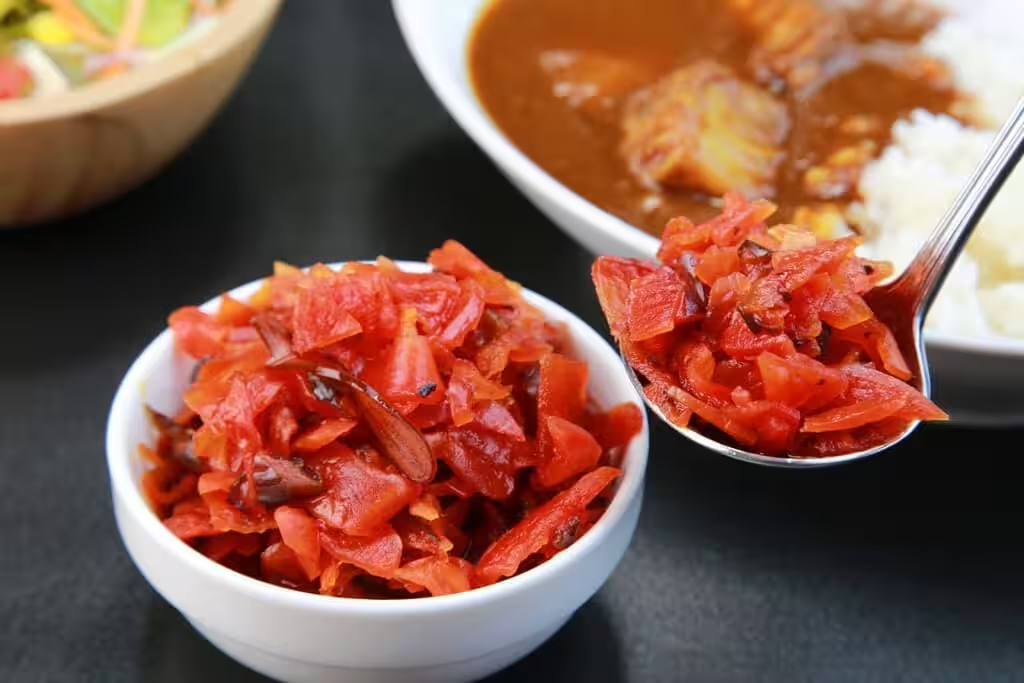
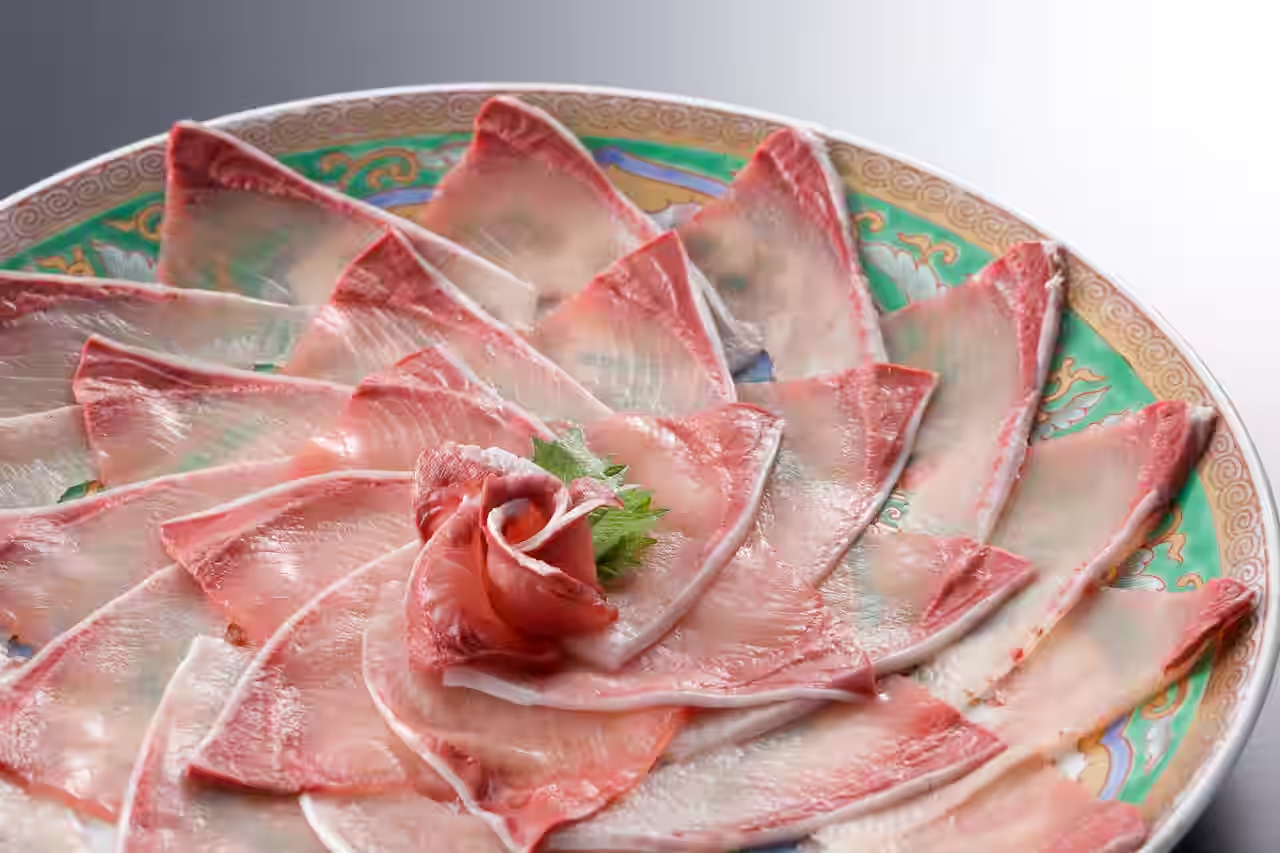
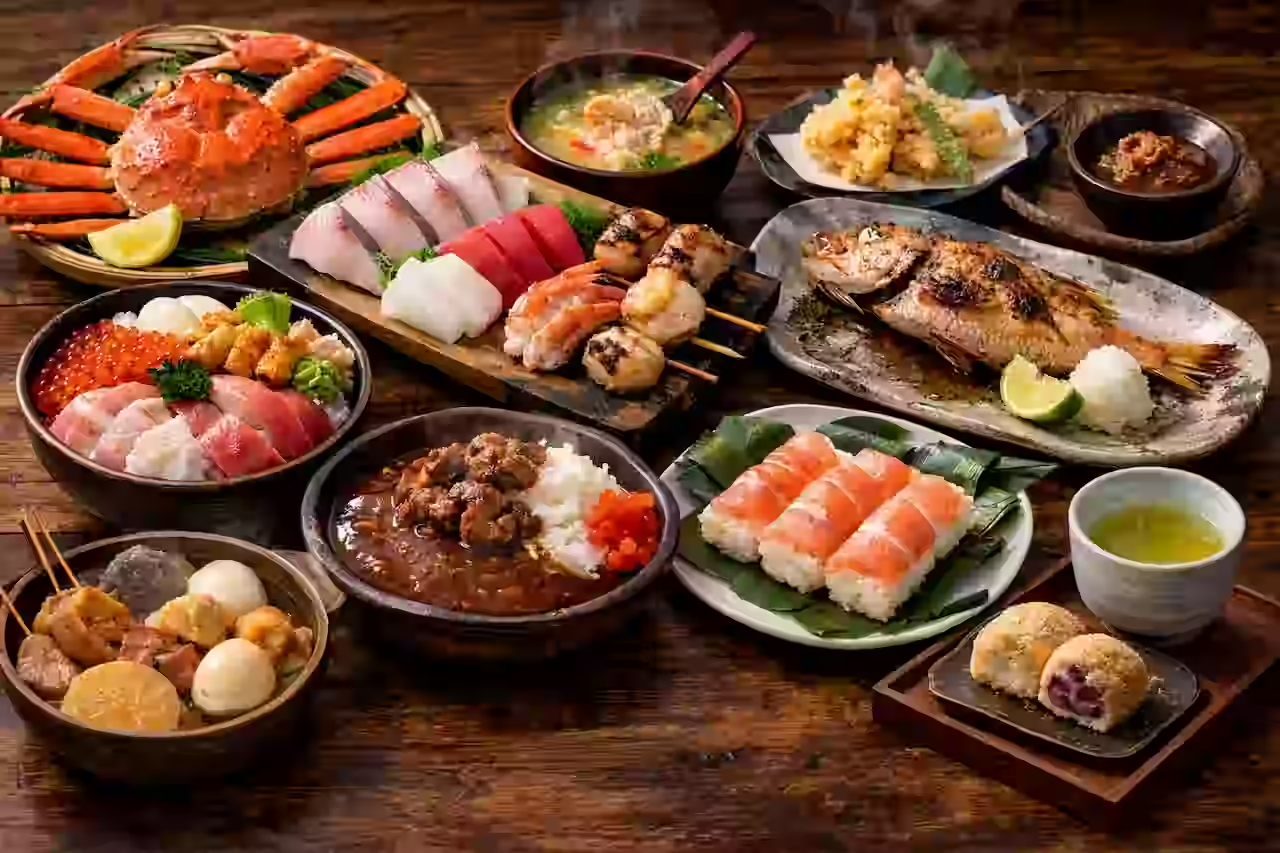
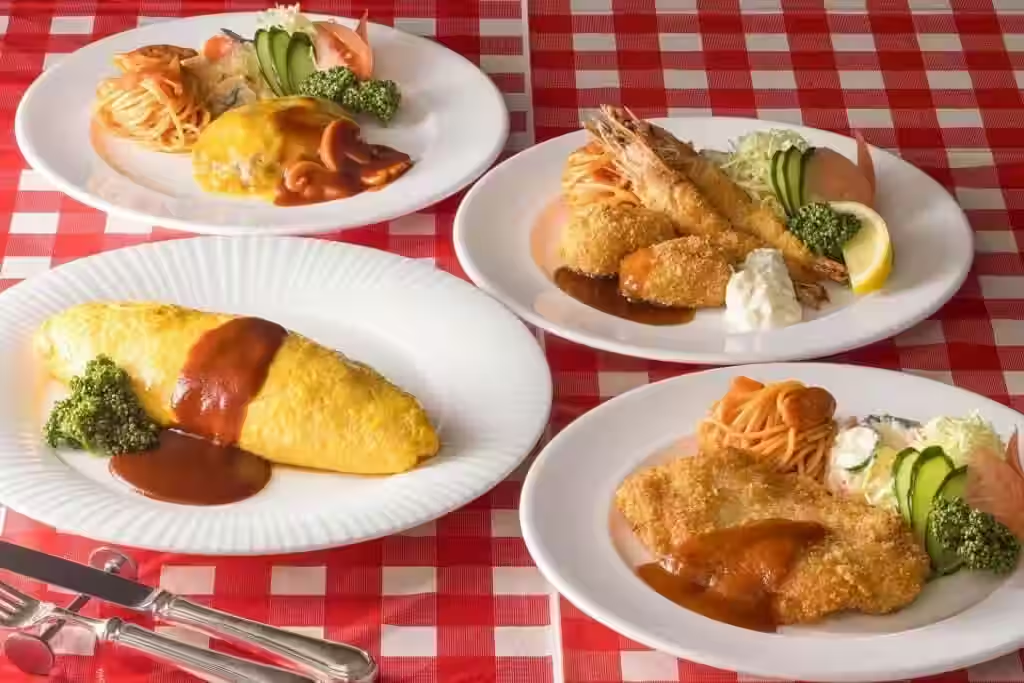

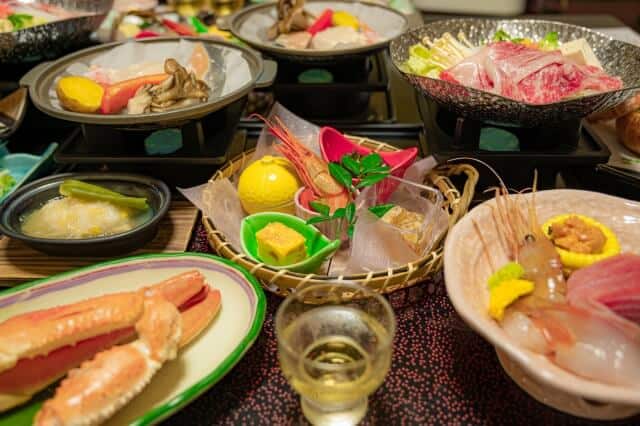
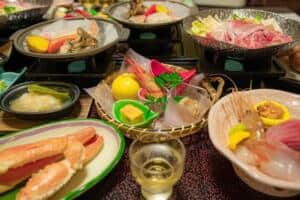
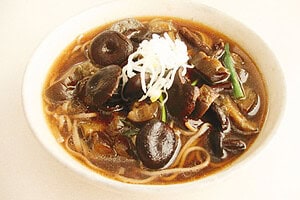
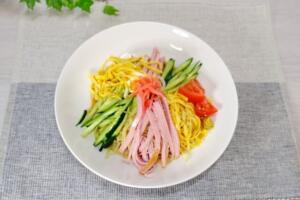
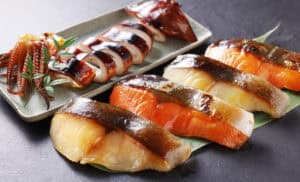
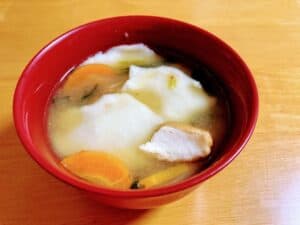
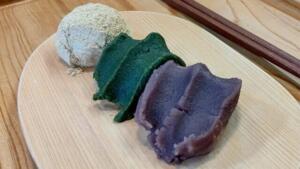
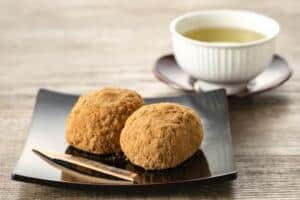
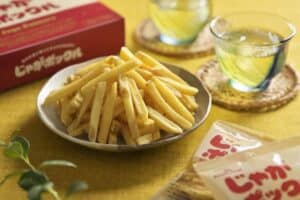
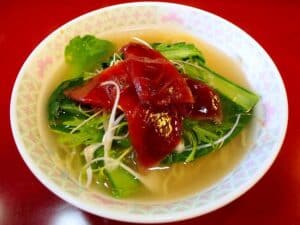
Comments